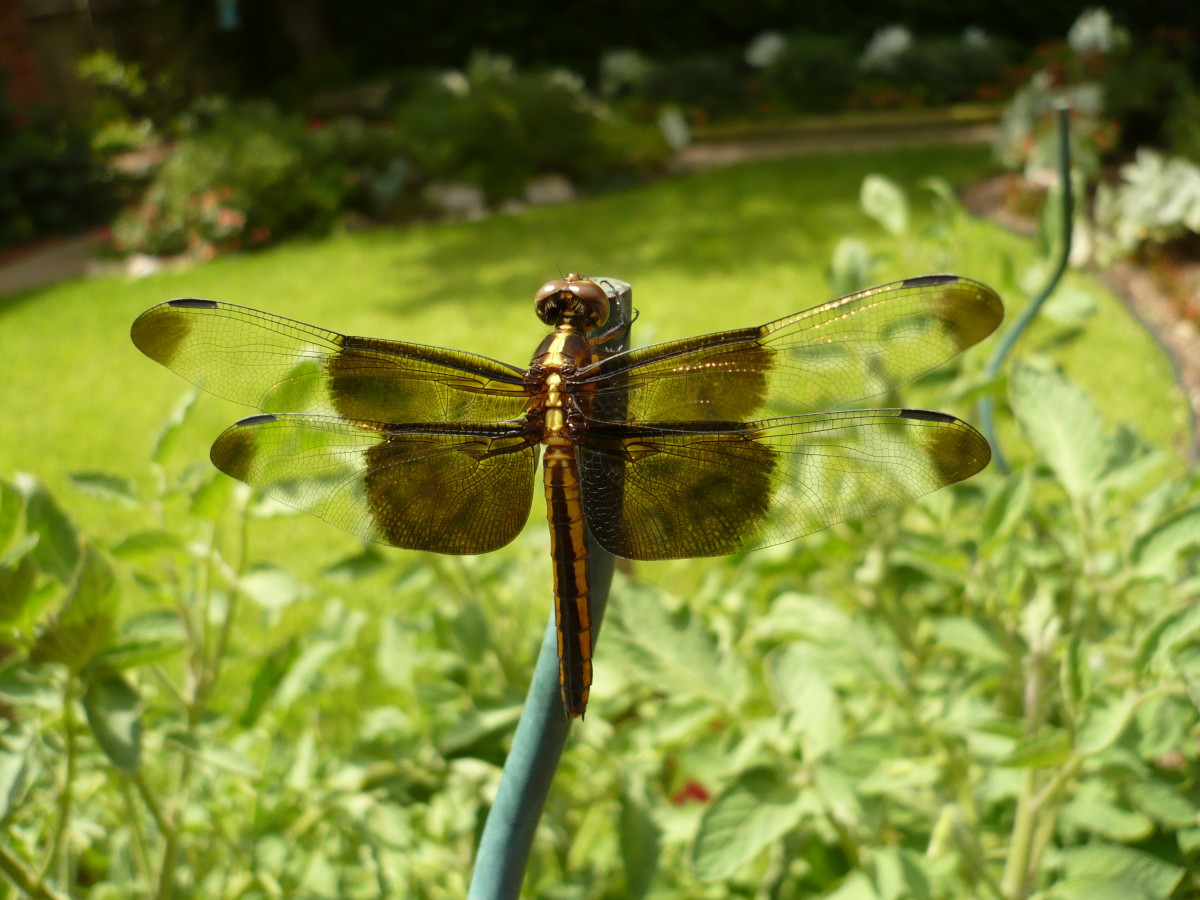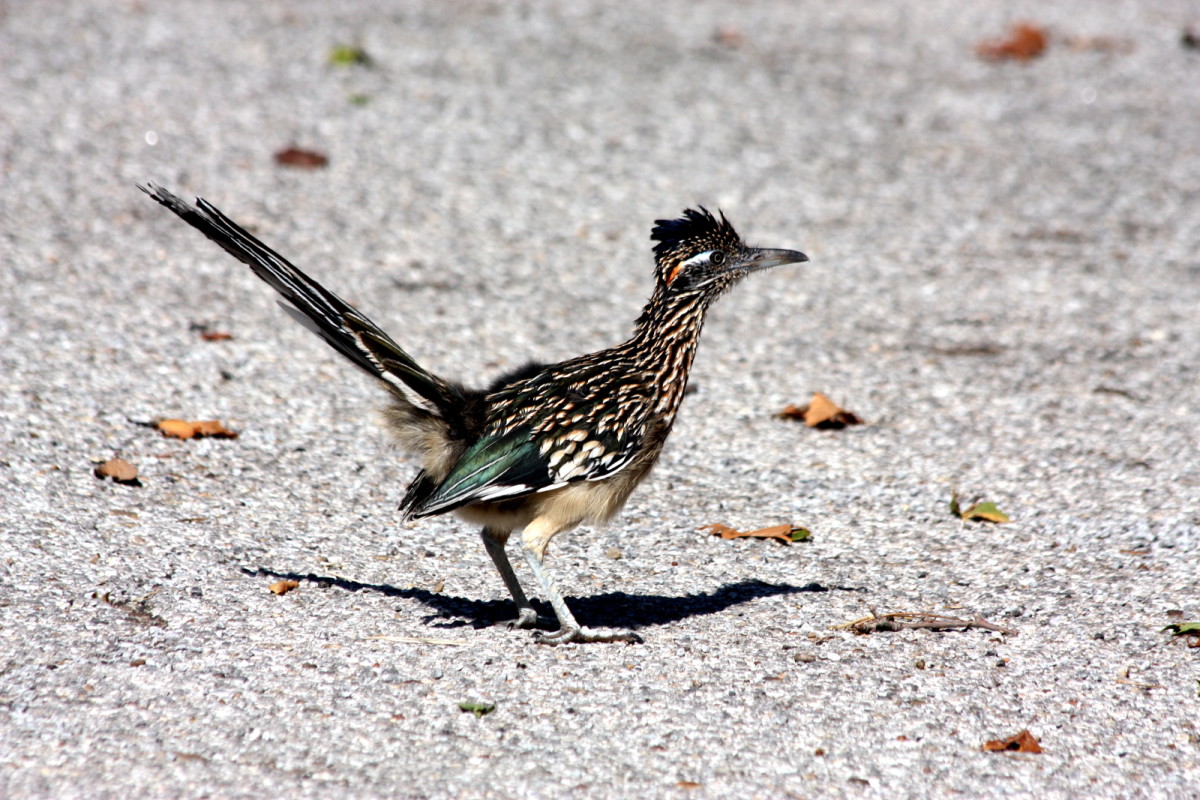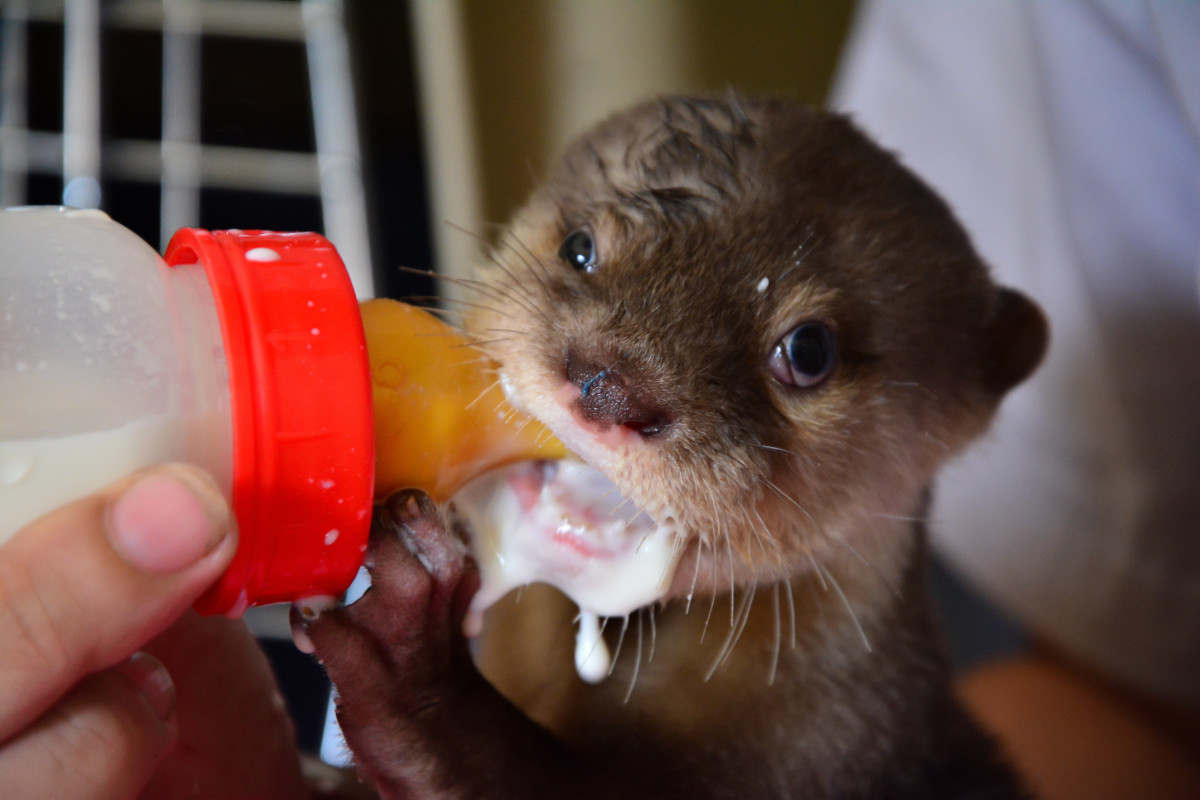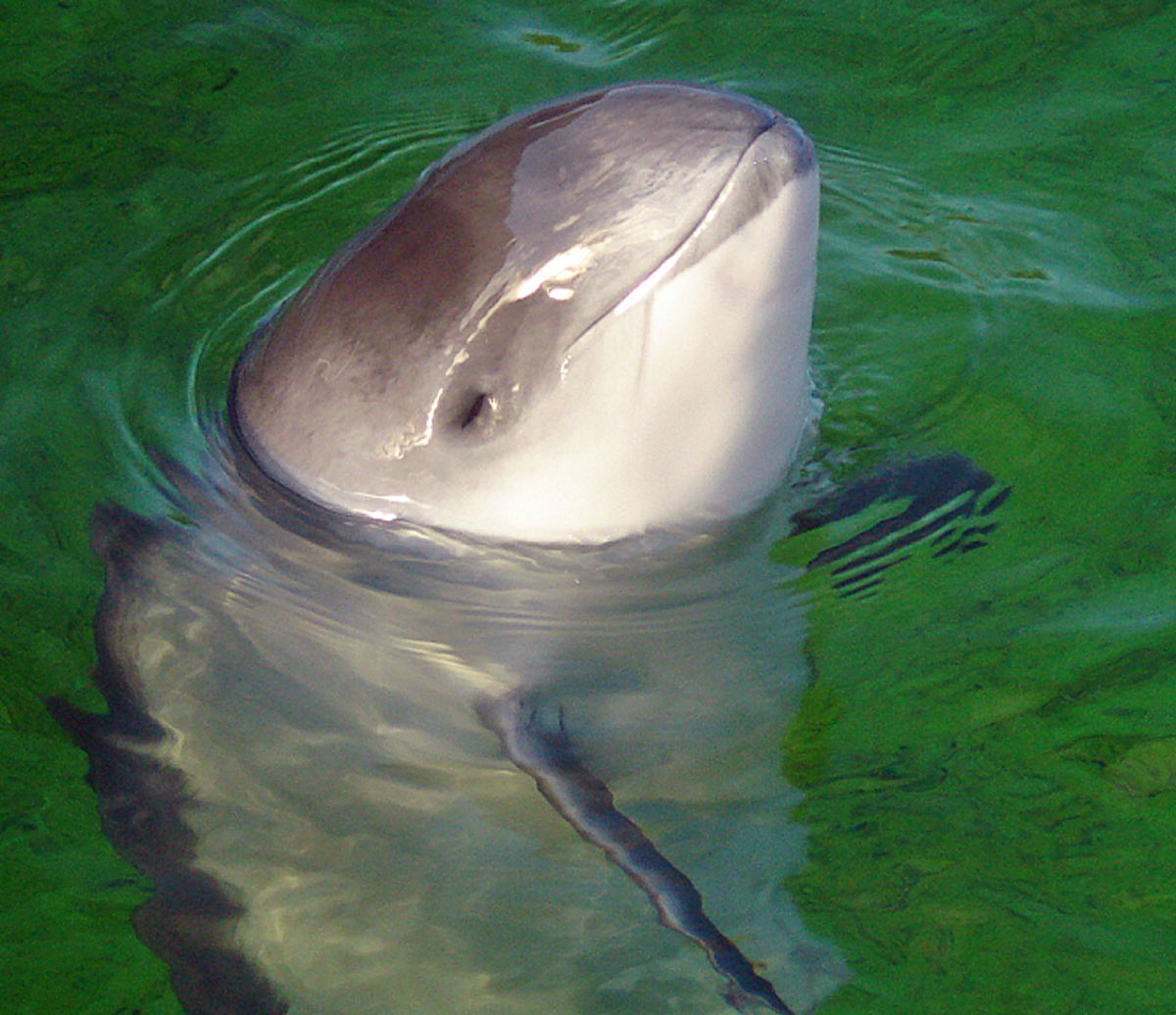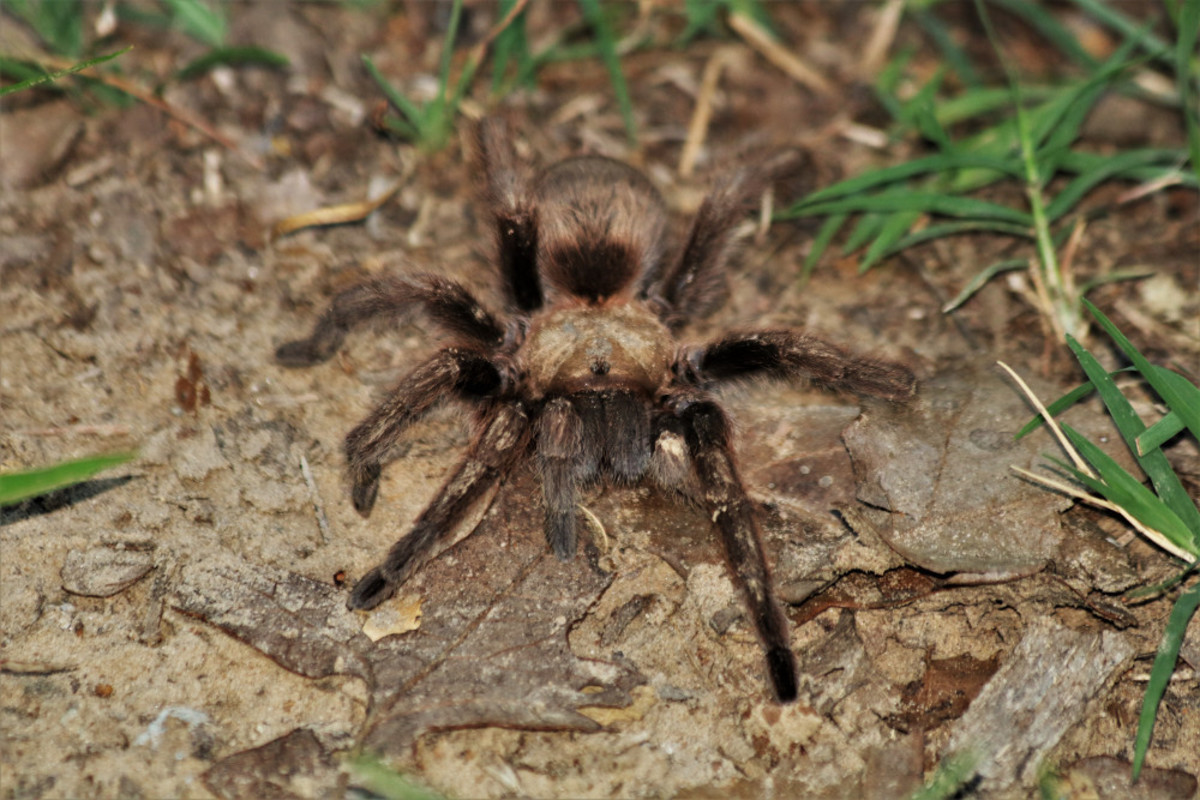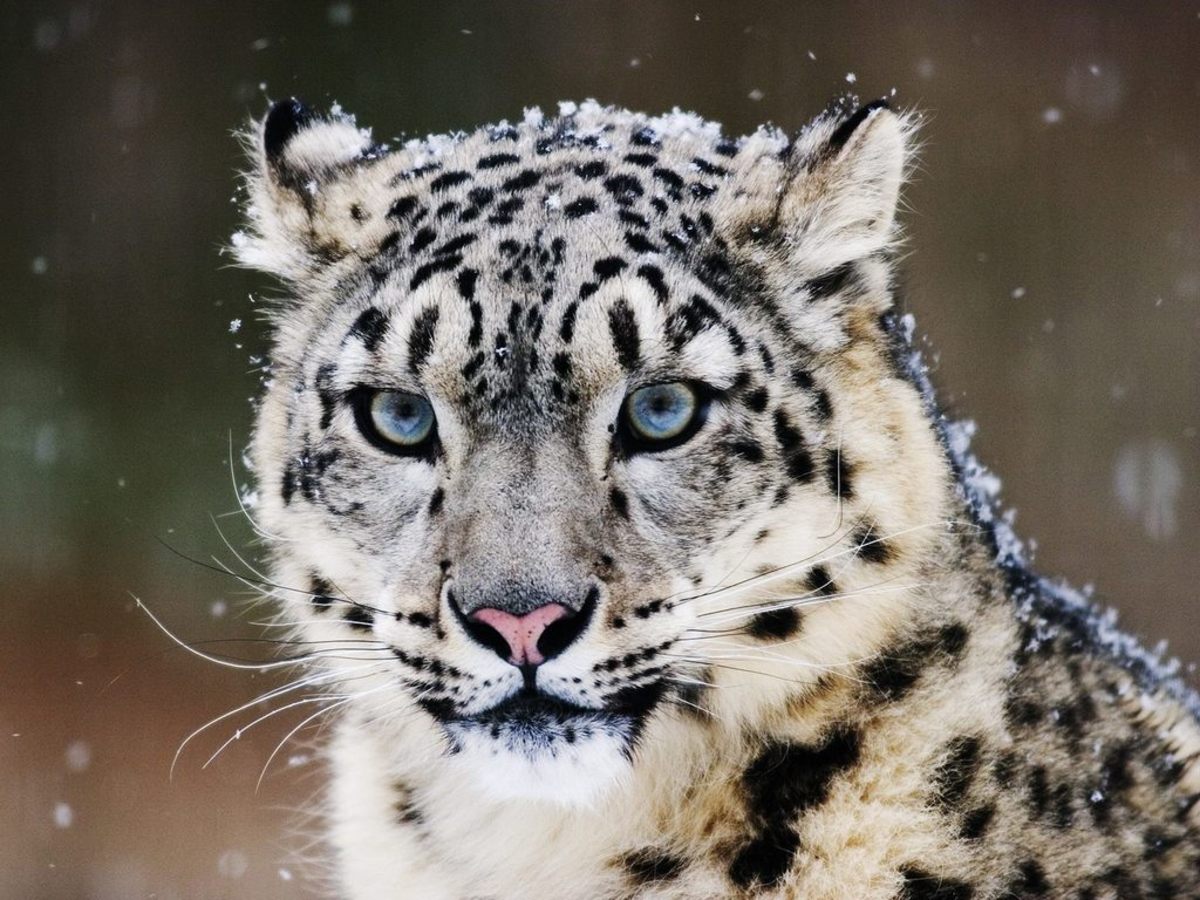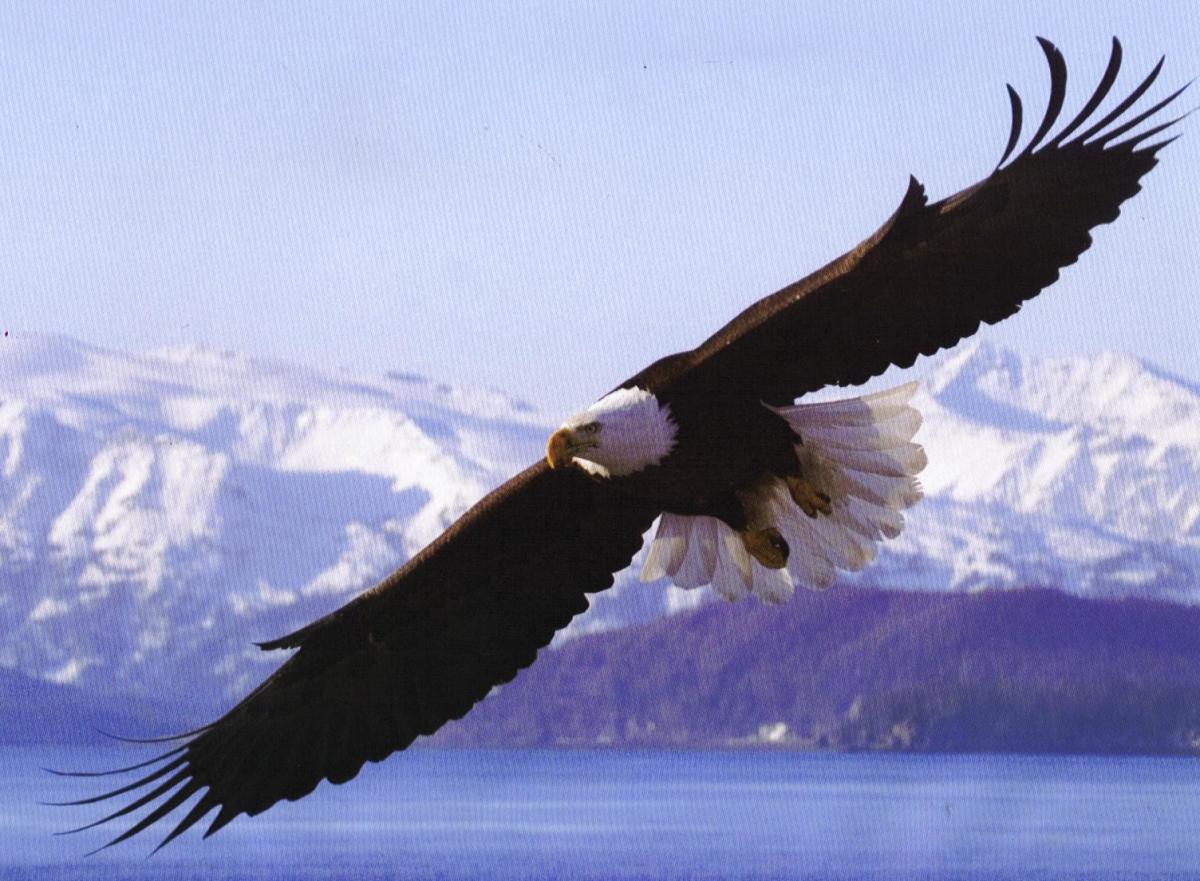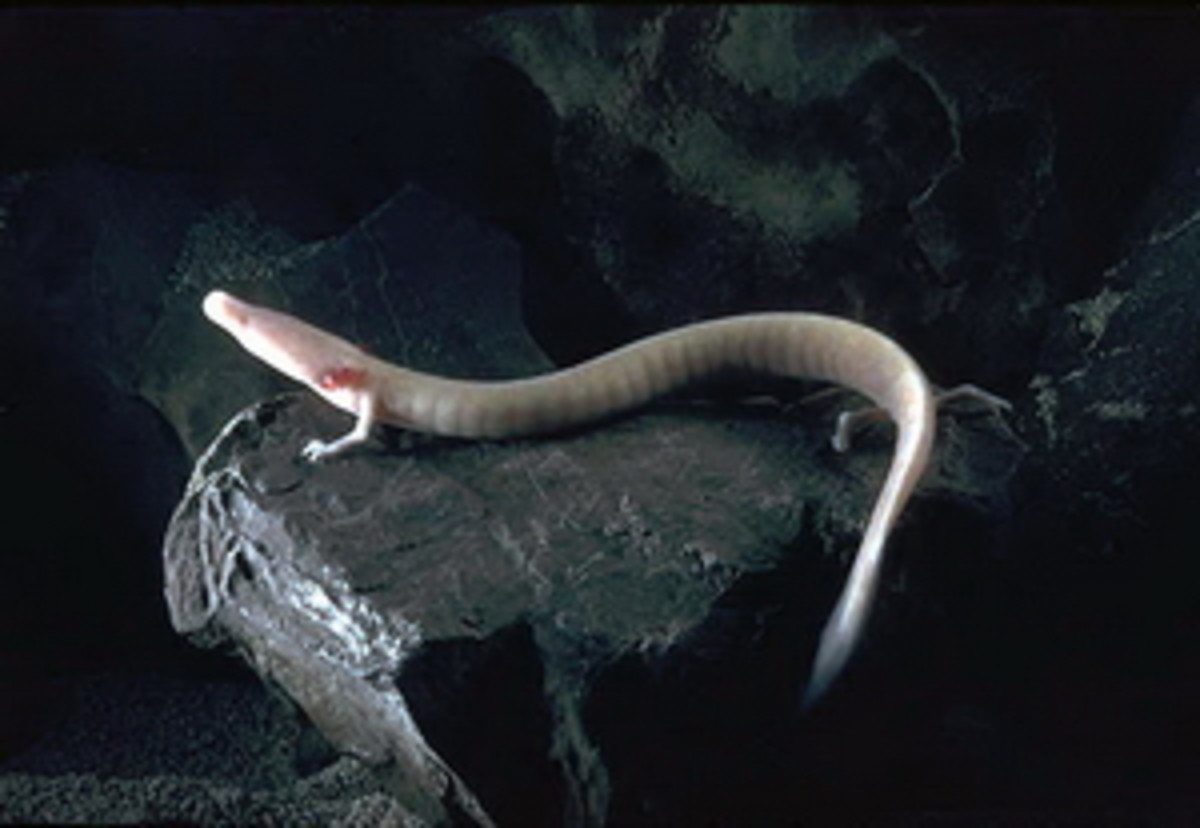- HubPages»
- Education and Science»
- Life Sciences»
- Endangered Species
The Endangered Sea Otter: Interesting Facts and Video
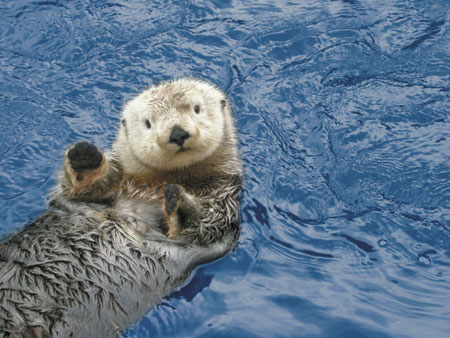
The Wildlife of Alaska
About ten years ago, I traveled with a friend to visit my mom who was living in Alaska at the time. We had two weeks to spend up there and the plan was to do as much as we could during our time. One of the activities on the list was to take a glacier cruise. Not only did we hope to get up close and personal with some calving glaciers, but we were of course wanting to see a whale flash its tail, or better yet, jump into the air and give us a show. As we traveled on our cruise, we were thrilled to actually see the glacier calving. A treat that is not seen often we were told. However the whales were just a tease. One half heartedly flashed its tail but apparently had no intentions of indulging us in a show that would leave us speechless. We did encounter other amazing Alaskan wildlife like a pod of porpoises that were encouraged to show off by our loud yells, clapping and whistles. Beautiful puffins, sea lions, and seals were also among the great creatures that we were blessed to view. It was however the sea otter that stole my heart.
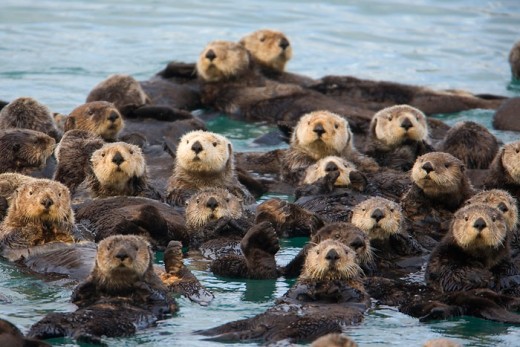
My Encounter with a Sea Otter
As our cruise neared the end, we were in for one more treat. A pair of sea otters were alongside our boat. Now to be quite honest with you, I had never really seen a sea otter before and definitely didn't know anything about them so I didn't really know the treat I was in for. As we neared the couple, our guide laid some ground rules. Absolutely no loud noises. They become very frightened if they hear them, and of course no throwing things out of the boat. The boat's engined quieted and we drifted closer. I couldn't believe what I saw, the cutest, most adorable animal I think that I have ever seen. I wanted to swoop down into the water and snatch it up! I resisted the temptation and proceeded to take as many pictures as I possibly could while soaking up the information that the guide was feeding us.
Interesting Facts About Sea Otters
- Did you know that if a sea otter has grayish hair it is an older otter? Just like humans, otters' fur turns gray as they age. The older the otter, the more gray fur that they have.
- To eat, otters place a rock on their stomach and hit the mollusk shell on it to crack it open.
- Like humans, otters typically give birth to only one offspring at a time. On occasion they will birth twins.
- Its whiskers are very sensitive and help it to find prey.
- Its food source is primarily a variety of creatures with shells such as snails, mollusks, clams, mussels, and other crustaceans.
- When otters rest they rest in larger groups of the same sex. These groups can range from about 10 otters all the way up to about 100.
- Otters sleep holding hands. (Check out the video below.)
Sea Otter Love
An Endangered Species
So how can this absolutely adorable creature be on the endangered species list? Unfortunately there are several reasons. The sea otter's beautiful pelt has contributed to the demise of this mammal. In the mid 1700s the fur trade was well under way. It's beautiful pelt was greatly sought after and therefore was killed by explorers and fur traders purely for its fur. In the beginning this was lead mostly by Russian explorers who who traded these furs with the Chinese. Their location was centralized in the Aleutian Islands where they moved from a friendly trade with the Aleuts to enslaving the native people and forcing the men to hunt for pelts or else suffer torture and even death while kidnapping the women and children.
Eventually the trading spread to European and North American explorers. The poor sea otters had no chance against the drive to make money on their beautiful fur. In 1911 the Treaty for the Preservation and Protection of Sea Furs was signed by America, Japan, Russia,and Great Britain. This began the protection of the sea otter from being hunted for its fur.
Today one of the sea otter's biggest threat is oil. Its fur is an important adaptation. It holds air to help keep it warm. If the fur becomes oil soaked, it looses it's ability to hold this air and then leads to hypothermia for the otter. The Alaskan oil spill in Prince William Sound lead to the death of thousands of sea otters. The number of sea otters living in the wild ranges somewhere between 100,000-150,000. If you get the chance to see the otters in their natural habitat, do it! They are cute, entertaining, and will not disappoint.


